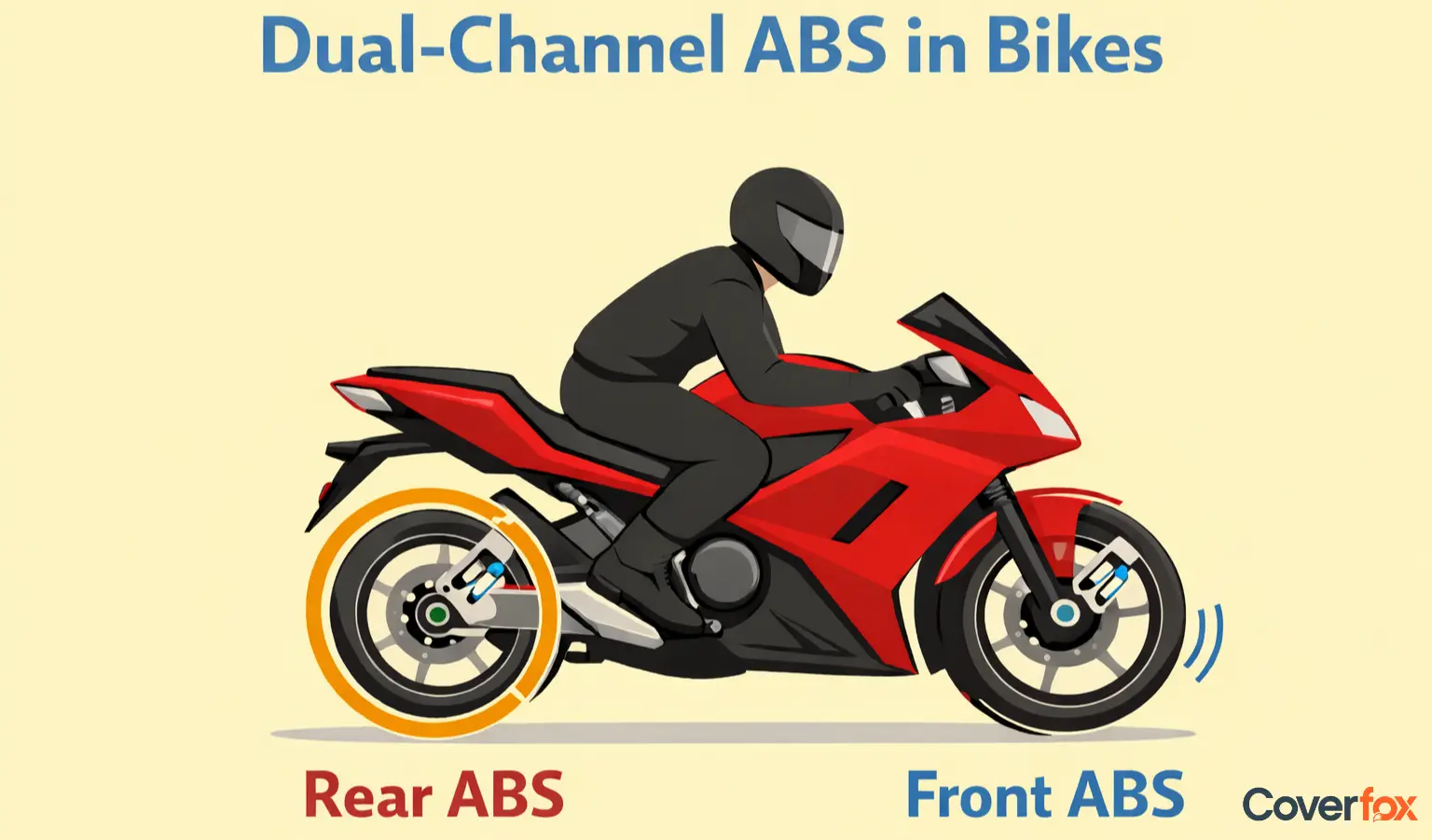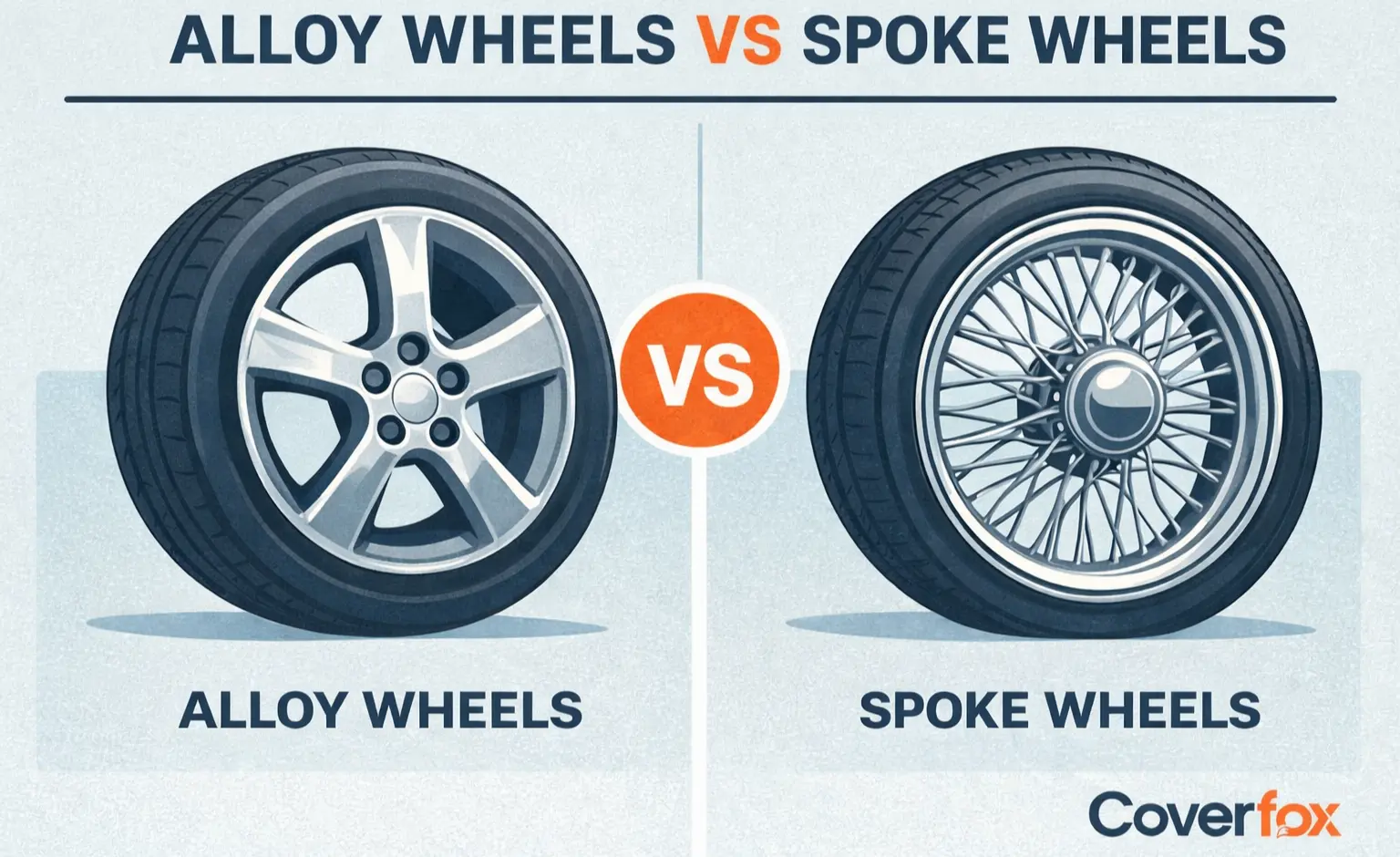Navigating bike insurance claims can be complex. This guide offers actionable advice on how to negotiate effectively. Understand policies, document incidents, calculate claim value, and craft persuasive demands. Professional assistance is available if it is needed.

Navigating the process of a bike insurance claim can be daunting. Especially when it comes to negotiating a fair settlement. Understanding the terms of your policy, the actual value of your bike, and the insurance jargon is crucial. It's also important to know how to communicate effectively with your insurance company.
This article aims to guide you through the process. It provides actionable advice and strategies to help you secure a fair insurance settlement. Whether you're dealing with an accident, theft, or damage to your bike, this guide is for you. It's designed to help you understand the often complex claims process and negotiate effectively. So, if you're a bike owner with an insurance policy, read on. This guide will equip you with the knowledge you need to negotiate your bike insurance claim.
Remember, a successful negotiation can make a significant difference to your settlement.
Understanding Your Bike Insurance Policy
Before initiating a claim, it's essential to understand your bike insurance policy. Familiarize yourself with the terms, conditions, and exclusions. Knowing the difference between replacement cost and actual cash value is important. Be aware of any policy endorsements that could affect your claim.
Also, understand the implications of uninsured or underinsured motorist coverage. This knowledge will help you navigate the claims process more effectively.
Immediate Steps After an Incident
When an incident occurs, immediate reporting to the insurance company is crucial. This helps to initiate the claim process promptly. Document the incident thoroughly. This includes taking photos of the damage, noting down the details of the incident, and gathering witness statements if possible.
Here are some steps to follow:
- Contact your insurance company as soon as possible.
- Document the incident in detail.
- Gather any evidence that can support your claim.
- Keep all receipts and records of repairs and medical bills if applicable.
- Avoid admitting fault or making official statements without understanding the implications.
Documenting the Incident and Your Losses
A well-documented incident can strengthen your bike insurance claim. It's important to gather as much evidence as possible. This includes photos of the damage, witness statements, and police reports if applicable. Keep all receipts and records of repairs and medical bills. These documents can serve as proof of your financial losses. They can also help you calculate the total cost of your claim. Remember, honesty is key in this process. Exaggerating the claim can lead to denial. Be thorough and accurate in your documentation to ensure a fair negotiation process.
Calculating the Value of Your Claim
Knowing the actual value of your bike is crucial in negotiating a fair settlement. This includes understanding the difference between replacement cost and actual cash value. The former refers to the cost of replacing your bike with a new one, while the latter is the current market value of your bike, considering depreciation.
Consider the future costs of bike maintenance when calculating your claim. Also, include incidental expenses such as rental costs if you need a temporary bike. These factors can significantly affect the total value of your claim. Remember, the insurance company's first priority is to minimize their payout. Therefore, it's essential to be prepared to provide evidence to counter low valuation by the insurance company. Comparative quotes from repair shops can be useful in justifying your claim amount.
The Initial Settlement Offer: To Accept or Not to Accept
Once you've filed your claim, the two wheeler insurance company will likely make an initial settlement offer. It's important to understand that this offer is often negotiable. Do not accept it without careful consideration.
Evaluate the offer against the total cost of your losses. If the offer seems insufficient, be prepared to explain why. Use clear and concise language during negotiations. Avoid admitting fault or making official statements without understanding the implications. Remember, patience is key. Insurance negotiations can take time. If the settlement offer is not reasonable, be prepared to walk away and continue negotiations.
Crafting a Persuasive Demand Letter
A detailed demand letter can significantly influence the outcome of your bike insurance claim negotiation. This letter should outline your expected compensation, including the cost of repairs, medical bills, and any incidental expenses. Use clear and concise language to describe the incident, the impact of the loss, and your calculated claim value. Highlight the emotional and practical impact of the loss to make your case more persuasive.
Remember, honesty is crucial. Avoid exaggerating the claim as it can lead to denial. Ensure all your claims are backed by evidence and keep a copy of the letter for your records.
Negotiation Tactics for a Fair Settlement
Negotiating a bike insurance claim requires patience and strategy. The initial settlement offer is often negotiable, so don't accept it without careful consideration. Be prepared to explain why you believe the offer is insufficient, using your documentation and calculations as evidence.
Maintain a professional demeanor throughout the negotiation process. Avoid emotional confrontation and focus on the facts. If the negotiation stalls, don't overlook the potential of mediation or arbitration. Remember, the insurance company's first priority is to minimize their payout. Be prepared to counter their tactics and stand firm on your claim value. Always keep a log of all communication for future reference.
When and How to Seek Claim Assistance
There may come a point in your bike insurance claim negotiations where professional assistance becomes necessary. This could be due to complex policy terms, a stalemate in negotiations, or simply the need for expert advice. Claim assistance professionals, such as public adjusters or lawyers specializing in insurance claims, can provide valuable guidance. They understand the intricacies of insurance policies and negotiation tactics, and can often secure a better outcome.
However, remember that professional assistance comes at a cost. Weigh the potential benefits against the fees before deciding to hire a professional. Always ensure that the professional you choose has a good reputation and a track record of successful claim negotiations.
Dealing with Rejection or Low Offers
Rejection or low settlement offers can be disheartening, but they are not the end of the road. It's important to remember that the initial offer is often a starting point for negotiations, not the final word. If your claim is rejected, ask for a detailed explanation. This can help you understand the insurer's perspective and identify areas where you can strengthen your case. If the offer is lower than expected, be prepared to provide evidence to counter the insurer's valuation.
Stay patient and persistent. Negotiating a bike insurance claim can be a lengthy process, but your efforts can lead to a fair settlement.
Finalizing the Settlement: Documentation and Confirmation
Once you've reached an agreement, ensure all terms are documented in writing. This includes the settlement amount, payment timeline, and any other conditions. Before signing, review the document carefully. Make sure it accurately reflects the agreed terms and doesn't contain any hidden fees or deductions.
Conclusion and Next Steps
Negotiating a bike insurance claim can be a complex process. However, with the right knowledge and approach, you can secure a fair settlement. Remember, if negotiations become too challenging, professional claim assistance is available. Don't hesitate to seek help if you need it. Your bike's recovery is worth the effort.

.webp)




